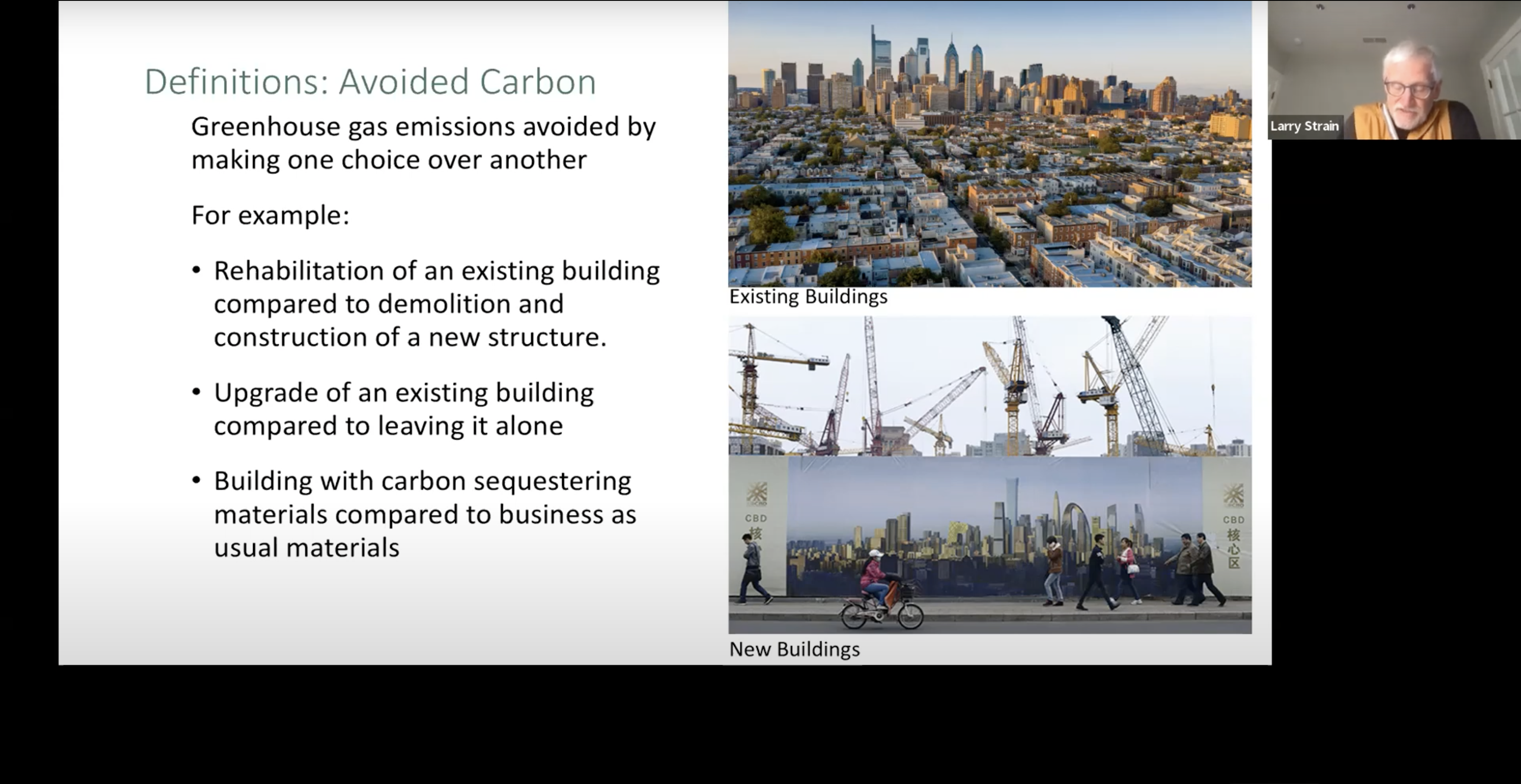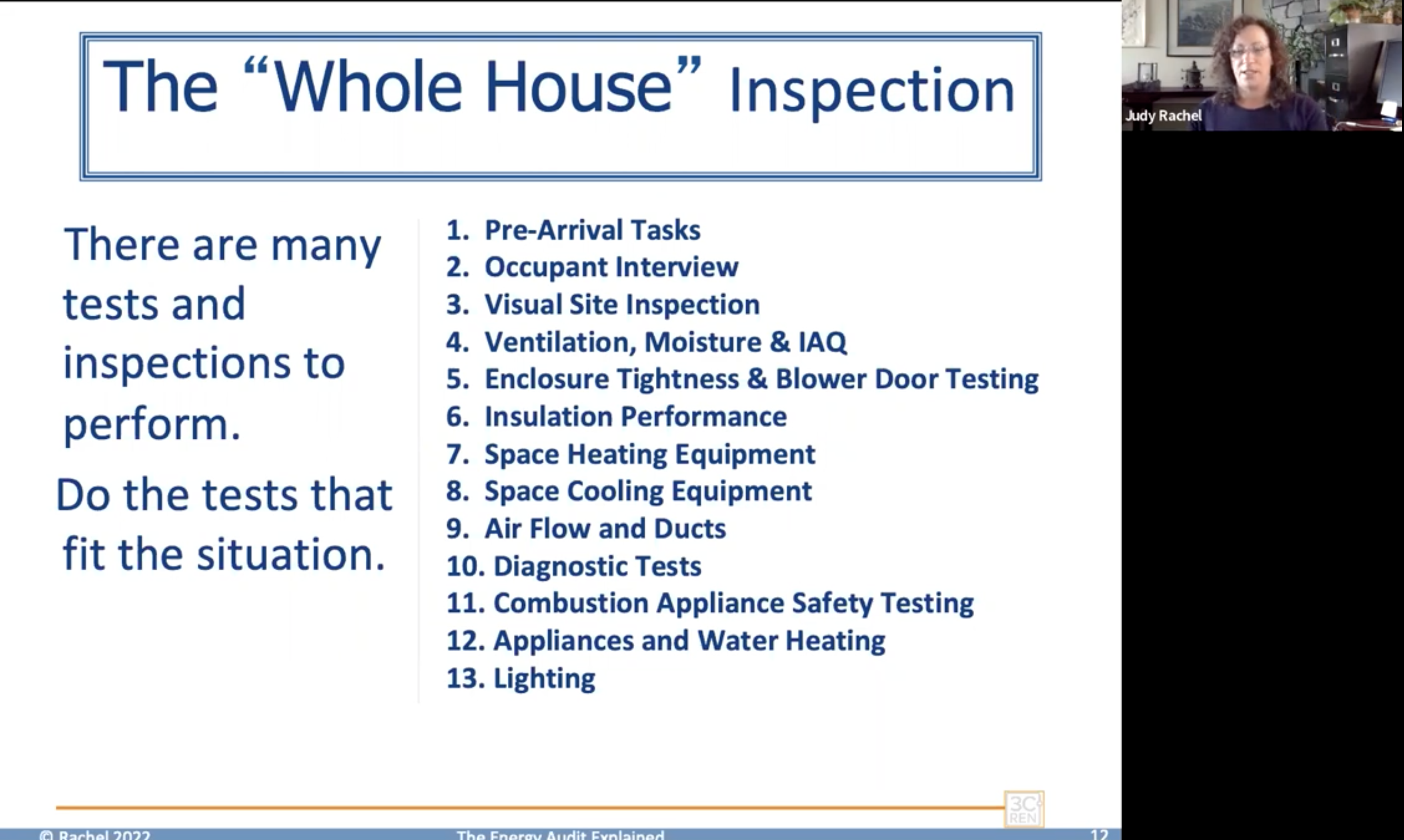The Power of Existing Buildings: Save Money, Improve Health, and Reduce Environmental Impacts
Carl Elefante was right when he said, “no amount of new green construction will get us where we need to go if we ignore existing buildings.” Four out of five existing buildings will require renovation over the next generation. Well-planned, deep energy retrofits ensure cost-effectiveness, longevity, and comfort.
Existing buildings have the power to meaningfully change the calculus of reaching a zero emissions future. In order to ensure the costs of electrification and the cleaning of grids around the country do not put undo financial burdens on building owners and tenants, commercial and residential buildings must significantly reduce demand. Most existing buildings can reduce their current operating carbon by 70-80% provided owners and developers take a strategic and holistic approach to decarbonization.
This session will provide a series of “no-regrets” moves, using building science and data science tools, that every owner of a building or portfolio of buildings can take to properly prioritize investments in their existing buildings for the purpose of optimizing financial returns and building performance returns. Building performance components considered include energy/operating carbon, occupant health and wellness and building resilience.
Policy makers will continue to escalate the financial and social pressures to decarbonize existing buildings because they are a critical part of reducing the overall financial, environmental, and social risks of a zero emissions future. It makes sense to have a holistic plan before you start investing in individual tactics.
Learning Objectives
- Attendees will be introduced to the underlying logic, strategies, tactics, and tools for planning and goal setting to achieve optimal decarbonization, indoor air quality and resilience in the retrofitting of existing buildings.
- Attendees will learn about the integration of building science and data science to optimize the retrofitting of a building for continued use — or for transition to a different use (office building to multifamily building for example).
- Attendees will also be informed about prioritizing the order of moving forward with the retrofitting of multiple buildings (each building optimized individually) for the most cost-effective and environmentally responsible outcomes.
- Date: November 14, 2023
- Instructor: Craig Stevenson, AUROS Group; Matt Bowers, AUROS Group; Beth Eckenrode, AUROS Group
- Categories: High Performance
- Presentation: Slide Deck





